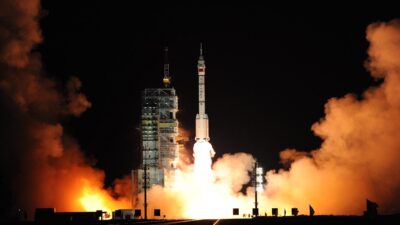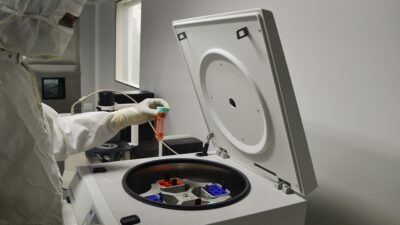The quest to explore Mars has captivated humanity for decades. With each passing year, our technological capabilities advance, paving the way for ambitious missions that promise to unravel the mysteries of the Red Planet. Central to this exploration is the role of robotics. As we contemplate manned missions to Mars and beyond, it becomes increasingly clear that robotic systems will be indispensable at every stage of interplanetary travel, from mission planning to surface exploration.
The Evolution of Robotic Technology
Robotic technology has made significant strides since the early days of space exploration. The Voyager spacecraft, which beamed back images of Jupiter and Saturn in the late 1970s, marked the beginning of a new era. Today, we have sophisticated rovers, landers, and orbiters designed for specific scientific objectives. Notable examples include NASA’s Curiosity and Perseverance rovers, which have been instrumental in gathering data about Mars’s geology, climate, and potential for life.
Scientific Exploration
One of the primary roles of robotics in space missions is scientific exploration. Robotic missions can traverse Mars’s harsh, dusty terrain, collecting soil and rock samples, analyzing atmospheric conditions, and capturing high-resolution images. For instance, Perseverance, equipped with advanced scientific instruments, is actively searching for signs of past microbial life, analyzing samples for future return to Earth.
With the help of robotic technology, scientists can also conduct experiments in environments that would be perilous or impossible for humans. The Mars Helicopter, Ingenuity, exemplifies this capability. It has successfully demonstrated powered flight in an incredibly thin Martian atmosphere, offering a new perspective and enabling precise navigation over challenging landscapes.
Pre-Man Mission Preparations
Before sending humans to Mars, extensive preparations are required. Robotics play a crucial role in this preparatory phase. Unmanned missions can make crucial assessments of Mars’s surface and environment, helping scientists determine safe landing spots, potential resources, and hazardous conditions.
Moreover, robotic systems can be used to set up infrastructure necessary for human missions. These may include building habitats, life support systems, and even systems for power generation using resources available on Mars, such as water ice or solar energy. Advanced robotic systems will be key in establishing these foundational elements before humans set foot on Mars.
Communication and Navigation
Communicating with Earth from Mars poses significant challenges, primarily due to the time delay in signal transmission, which can range from 4 to 24 minutes one way. Robotics help manage these challenges by facilitating autonomous operations. Rovers and landers equipped with advanced AI can make decisions in real-time, allowing them to navigate obstacles, conduct experiments, and respond to unexpected challenges without direct control from Earth.
In addition, robotic systems will play an integral role in the navigation of human spacecraft. Autonomous systems can monitor spacecraft health, help avoid debris, and even make course adjustments en route to Mars, ensuring a safe journey.
The Future: Human-Robot Collaboration
As we look toward the future of Mars exploration, the potential for human-robot collaboration will play a pivotal role in mission success. Robots can perform hazardous tasks such as assembling habitats or conducting outside repairs, allowing human astronauts to focus on scientific exploration and high-priority decision-making.
Moreover, development in telepresence technology may enable astronauts to control robotic systems on the Martian surface from orbit or during surface excursions, amplifying their capabilities while minimizing risk. This synergistic approach could enhance our ability to adapt to unforeseen circumstances, making missions safer and more efficient.
Conclusion
As humanity stands on the brink of an exciting new chapter in space exploration, the critical role of robotics in interplanetary missions becomes ever clearer. From conducting scientific experiments to preparing for human exploration and ensuring safe navigation, robotic systems are indispensable in our journey from Earth to Mars.
As we push the boundaries of what is possible, the collaboration between humans and robots will pave the way for not only successful missions to Mars but potential settlements beyond, ensuring our legacy as explorers of the cosmos endures. The future is bright, and through these advancements in robotics, we are closer than ever to answering the age-old question: Are we alone in the universe?


